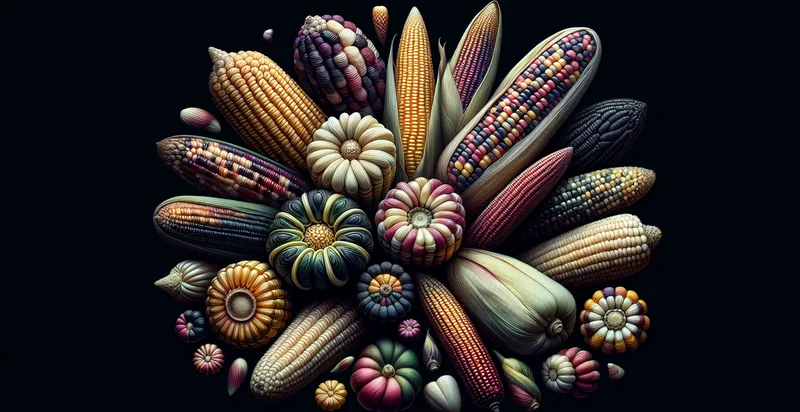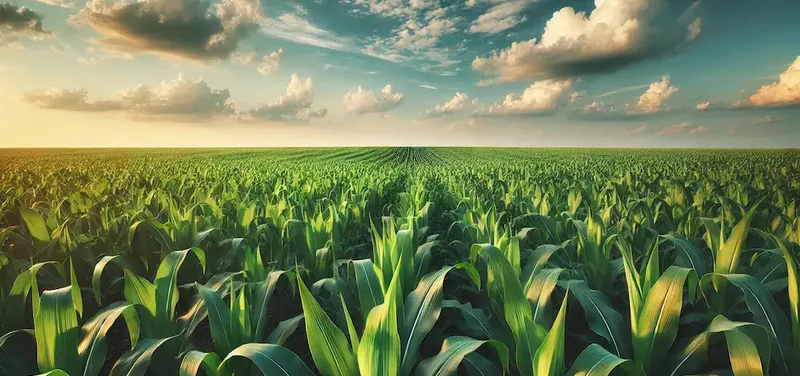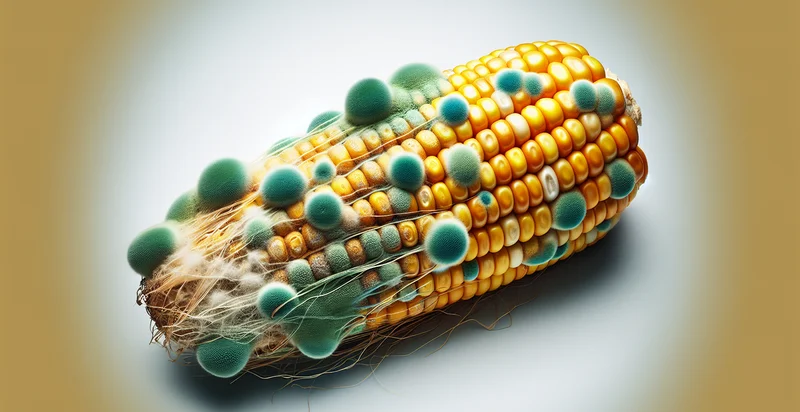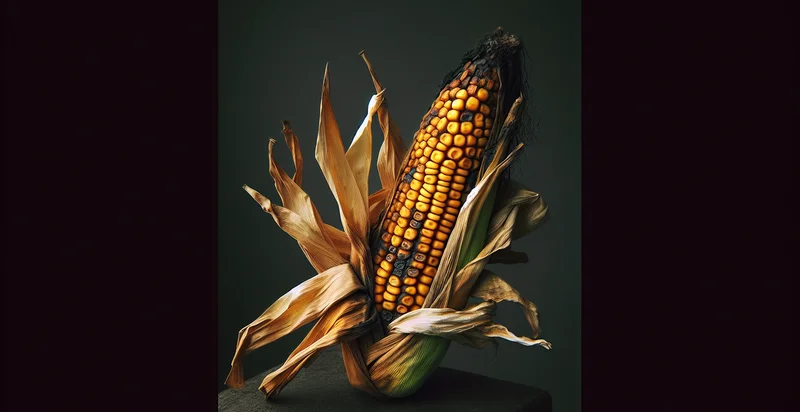Identify corn species
using AI
Below is a free classifier to identify corn species. Just upload your image, and our AI will predict what species of corn it is - in just seconds.

Contact us for API access
Or, use Nyckel to build highly-accurate custom classifiers in just minutes. No PhD required.
Get started
import nyckel
credentials = nyckel.Credentials("YOUR_CLIENT_ID", "YOUR_CLIENT_SECRET")
nyckel.invoke("corn-species", "your_image_url", credentials)
fetch('https://www.nyckel.com/v1/functions/corn-species/invoke', {
method: 'POST',
headers: {
'Authorization': 'Bearer ' + 'YOUR_BEARER_TOKEN',
'Content-Type': 'application/json',
},
body: JSON.stringify(
{"data": "your_image_url"}
)
})
.then(response => response.json())
.then(data => console.log(data));
curl -X POST \
-H "Content-Type: application/json" \
-H "Authorization: Bearer YOUR_BEARER_TOKEN" \
-d '{"data": "your_image_url"}' \
https://www.nyckel.com/v1/functions/corn-species/invoke
How this classifier works
To start, upload your image. Our AI tool will then predict what species of corn it is.
This pretrained image model uses a Nyckel-created dataset and has 13 labels, including Zea Mays, Zea Mays Amylacea, Zea Mays Dentate, Zea Mays Everta, Zea Mays Flint, Zea Mays Flour, Zea Mays Indurate, Zea Mays Pod, Zea Mays Pop and Zea Mays Rugosa.
We'll also show a confidence score (the higher the number, the more confident the AI model is around what species of corn it is).
Whether you're just curious or building corn species detection into your application, we hope our classifier proves helpful.
Related Classifiers
Need to identify corn species at scale?
Get API or Zapier access to this classifier for free. It's perfect for:
- Crop Monitoring: This function can be integrated into agricultural management systems to monitor the health of corn crops. By identifying specific corn species, farmers can implement targeted care strategies, optimize yields, and reduce the use of pesticides.
- Seed Retail Analytics: Seed retailers can utilize the corn species identifier to analyze and segment their inventory based on species variability. This data can help retailers forecast demand more accurately, leading to better stock management and sales strategies.
- Research and Development: Agricultural research institutions can use this classification function to identify and characterize different corn species for breeding programs. The insights derived from species identification can drive innovations in crop resilience and productivity.
- Supply Chain Optimization: Logistics companies involved in transporting corn can leverage this function to ensure proper handling and categorization of corn species during transit. Proper classification can minimize contamination risks and enhance the quality of delivered products.
- Pest and Disease Management: By accurately identifying corn species, agricultural pest management services can tailor their recommendations for pest control. This ensures that the selected management techniques are compatible with specific species, enhancing efficacy and sustainability.
- Educational Platforms: Educational institutions and online learning platforms can incorporate the corn species identifier function in their agricultural science curriculum. This tool can provide students with hands-on experience in species classification, enhancing their understanding of biodiversity in farming.
- Food Industry Quality Control: Food manufacturers can use this classification function as part of their quality control processes. By ensuring the right corn species is used in their products, they can maintain consistency and meet industry standards more effectively.


